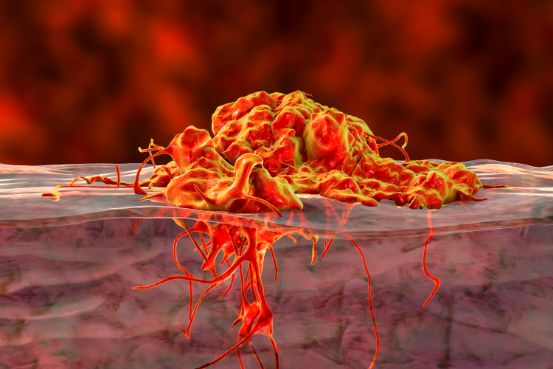There are several different types of thyroid cancer. Papillary thyroid cancer is the most common type, and can strike anyone at any age. Most cases respond well to treatment, and can be detected early enough to be successfully treated. However, a small percentage of papillary thyroid cancers are more aggressive, spreading to other parts of the body. If you suspect that you have thyroid cancer, you should consult a doctor. There are treatment options for papillary thyroid cancer, including surgery.
Patients treated with radioactive iodine therapy will not have any adverse effects on their ability to have children. Although men and women must wait six months before trying to conceive, the radiation treatment will not affect their ability to conceive. The side effects of radioactive iodine therapy can include swelling in the neck, nausea, and dry mouth. Although some side effects are permanent, most of these symptoms are temporary. However, they may last for months after treatment is completed.
Patients with suspected thyroid cancer will undergo various tests to confirm the diagnosis. Blood tests will measure hormone levels and thyroid function. A fine needle aspiration biopsy will collect tissue sample to determine if the cells in the lump are cancerous or not. A radioiodine scan is another way to detect the presence of thyroid cancer. The procedure involves consuming radioactive iodine, which is absorbed by the body. A special camera will then measure the radioactivity of the thyroid gland to determine whether the cancer has spread elsewhere in the body.
Surgery is another option for people diagnosed with thyroid cancer. A doctor can remove the entire thyroid gland, or only part of it, in order to remove the cancer. If you are able to bear the surgery, you will have to take thyroid hormone supplements for the rest of your life. This is an essential part of thyroid surgery, as it helps your body produce hormones that prevent the cancer from coming back. You should also consider the possibility of clinical trials to see if new treatments can prevent the cancer from coming back.
If the cancer is small and has not spread to other parts of the body, you may opt to wait and monitor it using ultrasound or other methods. However, active surveillance is not the right option for everyone because it can come with unwanted side effects. Some people opt for active surveillance because they are concerned about the possible side effects associated with treatments. Others prefer to get treatment straight away. Ultimately, the choice is up to you. Once you’ve made a decision, you’ll need to talk to your doctor about the best course of action.
There are four types of thyroid cancer. Anaplastic cancer is the most common type, with an age-adjusted incidence of one to two per million persons worldwide. Unlike differentiated cancers, anaplastic cancer is more aggressive and may be difficult to treat. The last medical review of this booklet was in January 2020. It should be noted that the ACIM books are updated frequently, and there’s no consensus on which type is the most common.









